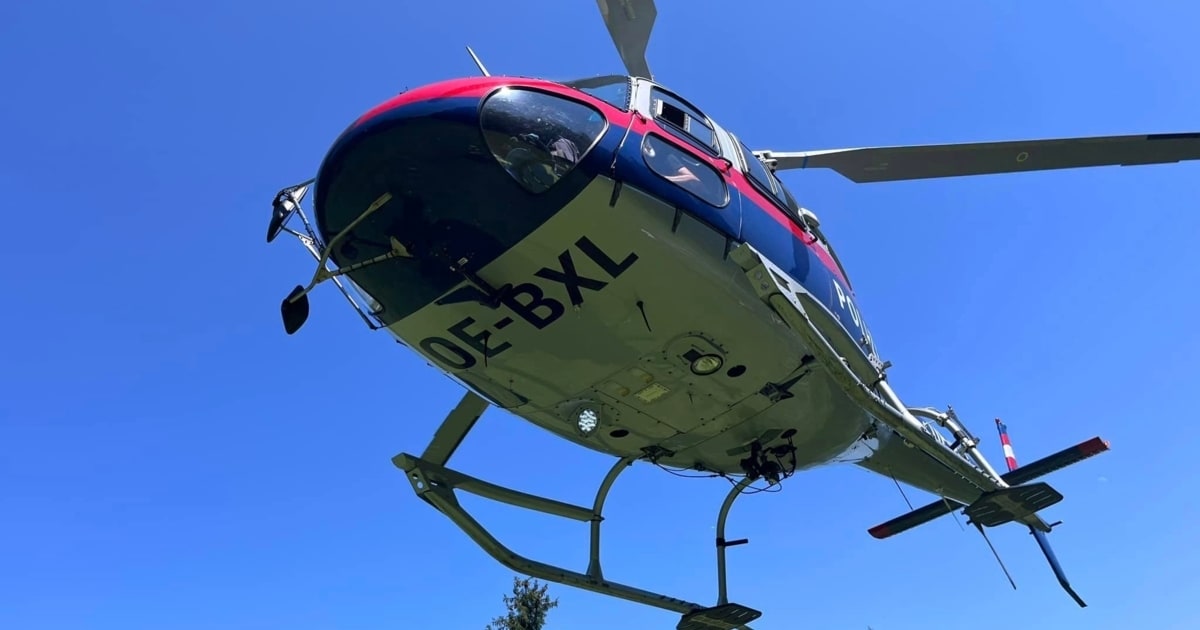The launch was a success: after a weather-induced postponement on Thursday afternoon, the European space probe JUICE lifted off from the European spaceport in Kourou (French Guiana) at 2:14 pm on Friday. The journey to the Jupiter system, which the ESA probe will explore more closely with Austrian technology and scientific participation, will take eight years.
Before the planned start on Thursday, a separate “launch event” took place at the Graz Institute for Space Research (IWF) of the Austrian Academy of Sciences (ÖAW). In the end, the experts from Austria involved in the mission actually only had something to celebrate on Friday. The researchers were relieved that the start was now a success.
The probe will spend the next eight years on its way to Jupiter and its icy moons. There are a total of ten instruments on board the spacecraft: nine are operated by European partners on the mission and one by NASA. Austria is one of 23 countries involved in the mission. The mission, which costs about 1.6 billion euros, is controlled from the control center of the European Space Agency in Darmstadt.
The Jupiter system will be reached in 2031
Called the Jupiter Icy Moons Explorer, the spacecraft is designed to explore Jupiter, the largest planet in our solar system, and its icy moons – Callisto, Ganymede and Europa – which may provide the conditions for life. However, it will not reach the Jupiter system until July 2031, after which several measurements will be made over a period of three and a half years. In late 2034, JUICE is expected to leave Jupiter’s orbit again, enter a stable orbit around Ganymede, the gas giant’s largest moon, and remain there for 12 months.
JUICE is the third mission to orbit Jupiter. At the same time, the space probe with Ganymede will for the first time explore a moon other than ours in a stable orbit. In all, JUICE will complete 35 flybys of the icy moons Kallisto, Ganymede and Europa, approaching them to within a few hundred miles. This allows very accurate measurements to be made and the surface to be examined. At the end of the mission, the probe crash-landed on Ganymede’s surface in a controlled manner.
Instruments and measuring instruments from Austria
The OeAW’s Institute for Space Research has participated in three instruments: With this, the Space Institute “makes a decisive contribution to the search for extraterrestrial habitats in our solar system,” said IWF Director Christiane Helling.
In cooperation with the Institute for Experimental Physics of the Technical University (TU) Graz, the IWF has developed a quantum interference magnetometer. This is part of a 3-sensor magnetometer built with Imperial College London and TU Braunschweig. The measuring principle used, which bears little resemblance to an atomic clock, has been patented by Roland Lammegger (TU Graz). The IWF has also calibrated the antennas of the radio wave instrument and is a scientific member of the particle spectrometer team.
More momentum through flybys of the Earth, Moon and Venus
More than half of the probe’s 5.2-tonne launch weight is fuel, which will power JUICE until the end of the mission. Therefore, to gain momentum for the journey to Jupiter and its icy moons, JUICE will complete multiple flybys of the Earth, Moon, and Venus.
Source: Krone
I am an experienced and passionate journalist with a strong track record in news website reporting. I specialize in technology coverage, breaking stories on the latest developments and trends from around the world. Working for Today Times Live has given me the opportunity to write thought-provoking pieces that have caught the attention of many readers.



